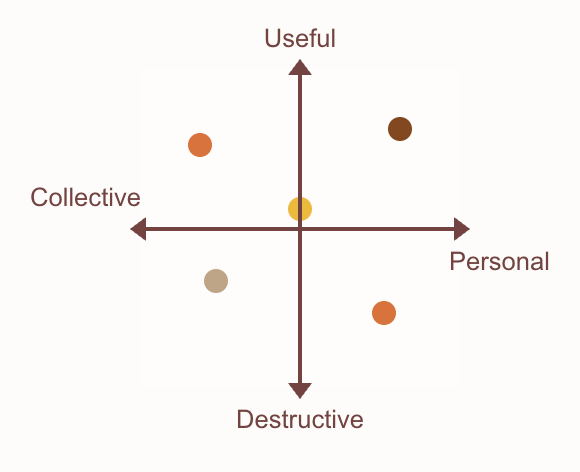Meme + Data = Social Learning
June 30, 2025
The tools of data analysis and visualization have penetrated deep into the world of online communication, traversing the space between formal scientific study data (1), to neatly encapsulated social theory (2) to a familiar format for making jokes about our culture (3).
- Raw data:

- Conceptual tool:
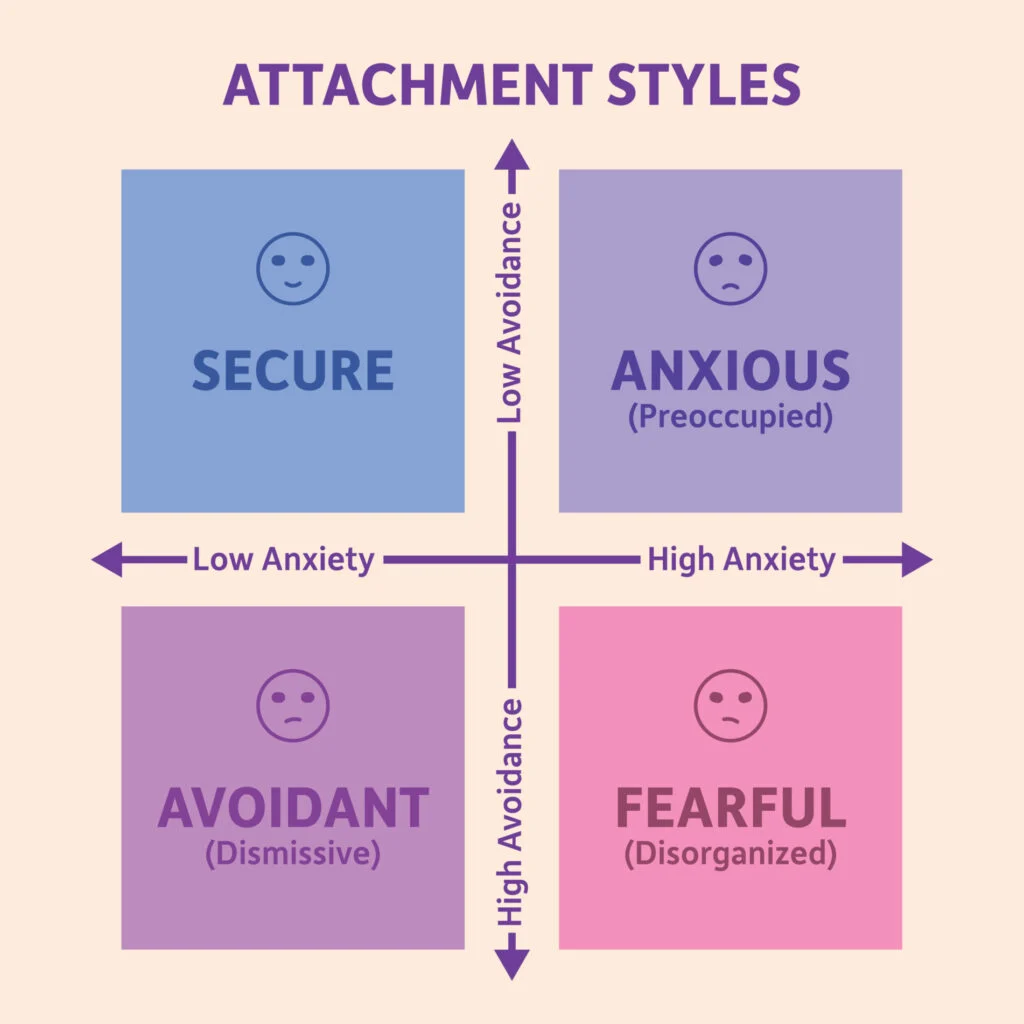
- Joke framework:
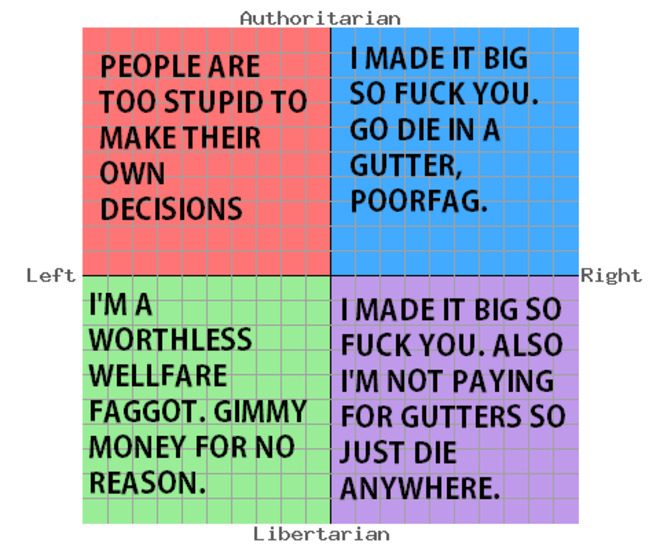
There are many definitions of ‘meme’. In this case, I’ll discuss ‘meme’ not as the image or the joke but the cultural pattern used to compress complex ideas into a simple communicative snapshot.
In the example above the ‘meme’ is the 2D graph.
Lots of mathematical concepts have become conceptual shorthand on the internet. They offer an unparalleled substrate for the propagation of ideas. Not only are they able to compress, they can be infinitely repurposed and remixed to channel the languages of the internet’s infinite subgroups.
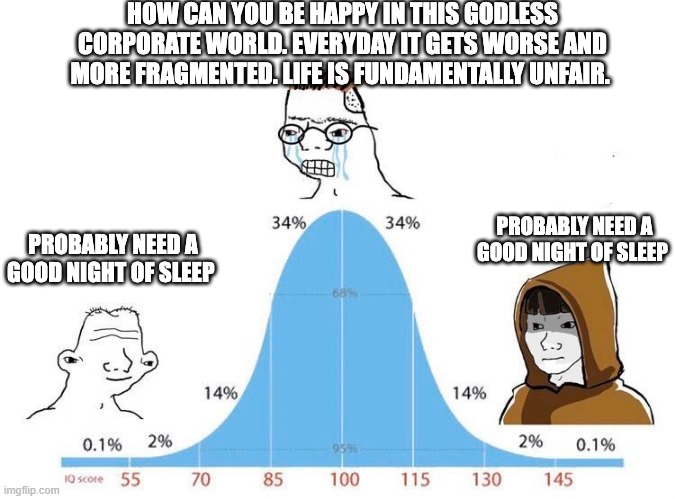
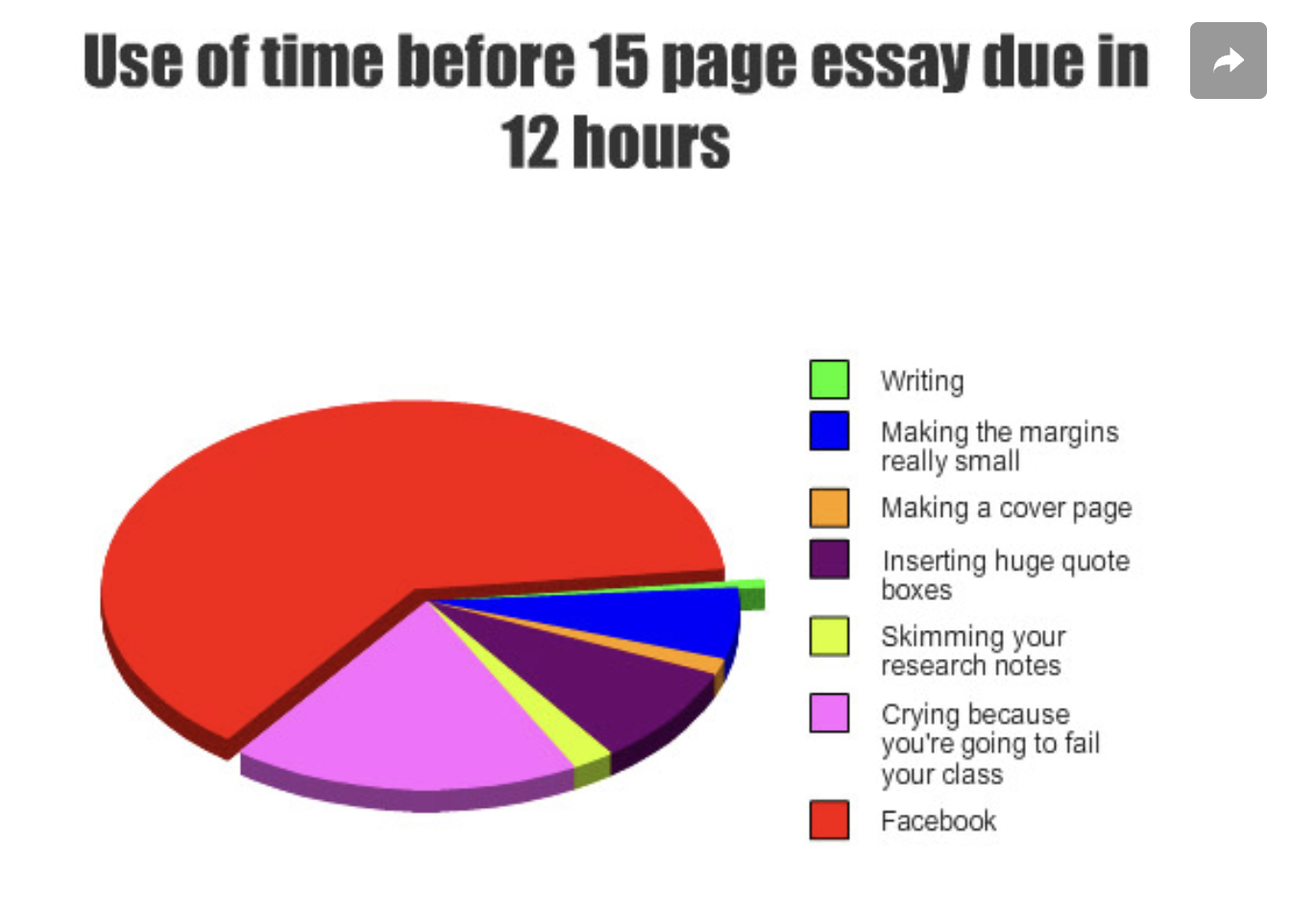
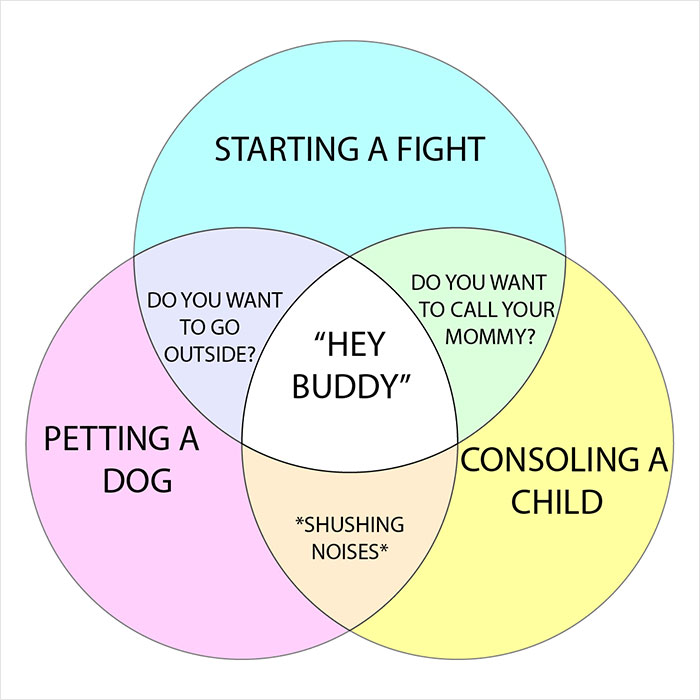
My question is, can we invert this relationship? That is, can these data informed memes become interactive tools for distilling critical understandings about how our society works, while at the same time maintaining their viral communicability?
In a sense, this is already what memes do.
People test out their neatly encapsulated jokes or conceptual systems and send it out across the web of popular culture to see if it catches fire in the mind of the collective.
I would like to propose that we simply add a layer of formalization to these meme-ified visualization tools, use them as maps to organize our ideas and track their evolution.
Social Algorithms
Social algorithms are like culture technology–individual/group insights applied to systems, that allow us to witness and embody those insights at scale.
Government is a social algorithm.
It doesn’t give a sequence of precise steps that guide us to functional society. It attempts to set the conditions for humans to work out whatever challenges we face.
So how can meme + data produce social algorithms? By helping us map meaning.
Take the 2d graph above. Used to illustrate attachment theory it makes what has personally been a very helpful concept both easy to reassemble in one’s mind and subsequently easy to pass on to others.
I’d argue that attachment theory is a persistent idea in our culture not because Mary Ainsworth had such compelling scientific data but because the story she told resonated with people’s experience of the world. It took something confusing and chaotic and brought it into focus.
I think this is a starting point for what constitutes a social algorithm. A tool that facilitates our important human work.
Example
Frame of reference maps is a prototype of one such tool. It takes the 2D graph and makes it into a customizable social space for a community to map its relationship with an idea.
This isn’t a full scale social media app. Again, meme+data. Think one level richer than a twitter poll.

For each activity the designer customizes it by filling in the axis labels, defining the key concepts to explore and then inviting their community to join. Their conversation produces a social map–an interactive graph that users can click on to inspect various aspects, breaking down the data by subtopic or individual user and then exploring the connected comments to get deeper context.
Try it: Social Maps
Any thoughts? I’d love to hear from you.
Xwitter
Email: markothell[at]gmail[.]com
